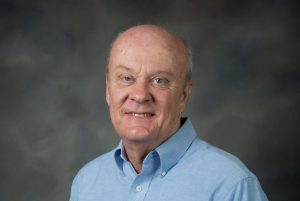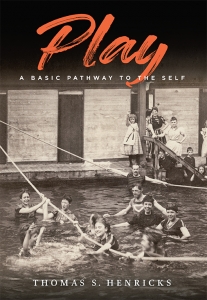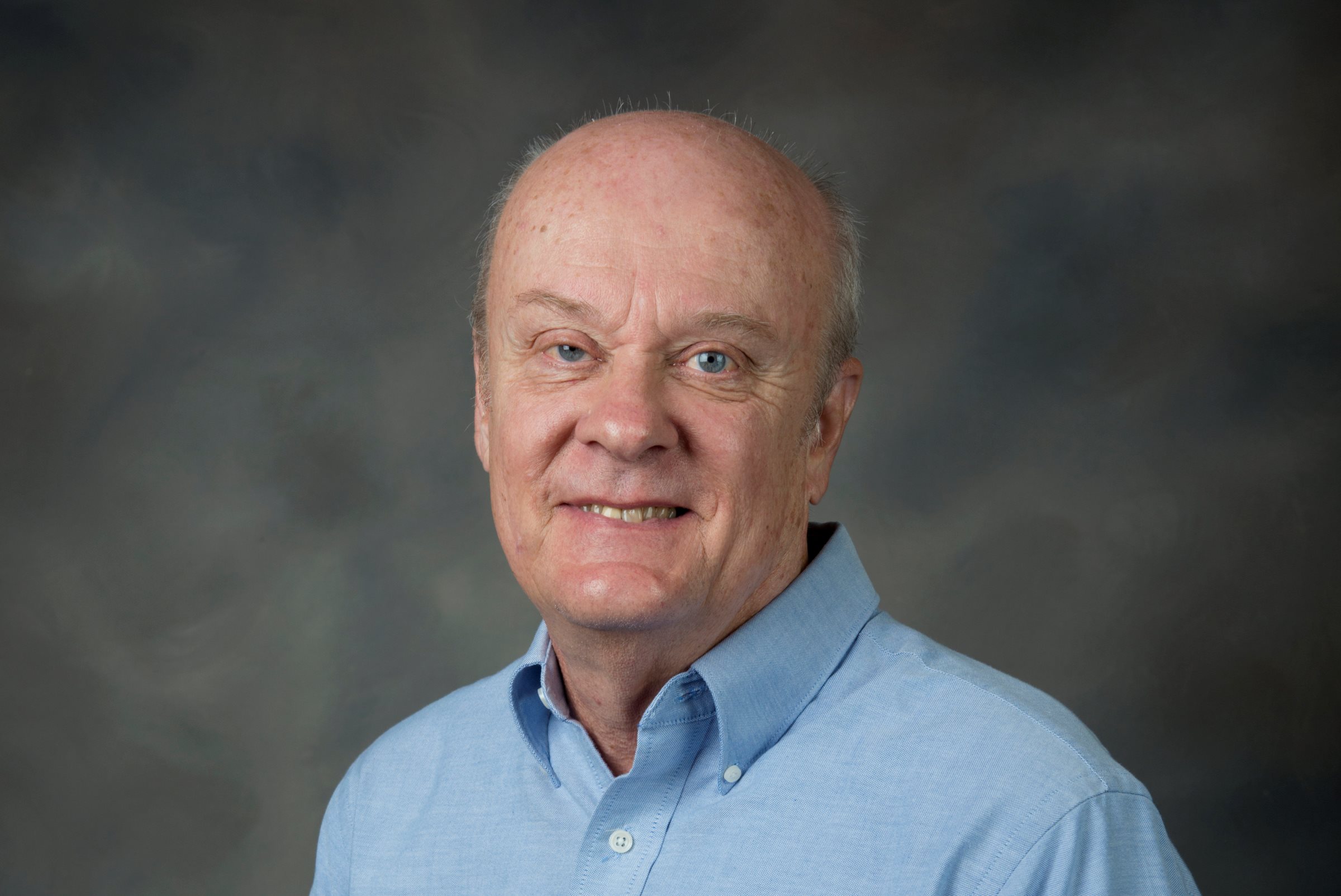Henricks, who spent more than four decades as a professor at Elon, received the Elon Medallion, the university's highest honor, in August 2019.
What does it mean to be human? The Strong National Museum of Play has published “Play: A Pathway to the Self,” a book by Elon Professor Emeritus Thomas S. Henricks, one of the foremost scholars on the study of play.

The book is an edited compilation of Henrick’s work—which includes five of his essays previously published in The Strong’s American Journal of Play, a new piece about the history of play scholarship, and an afterword interview—that collectively examine what play is and how it connects us as humans.
“Play: A Pathway to the Self pulls together many of the penetrating, accessible, and wide-ranging articles from Thomas Henricks that have appeared in the pages of the American Journal of Play,” says Jeremy K. Saucier, editor of the American Journal of Play. “We are grateful to Thomas for his contributions to The Strong, the Journal, and his lifetime of scholarly work on play, and we are pleased to be able to share his important work more widely.”
Before retiring from Elon in 2018, Henricks was the J. Earl Danieley Professor of Sociology and Distinguished University Professor at Elon University, where he also served as dean of the social sciences department and associate dean of the university, from 1977 to 2018.
 In 1990, he received the University’s Daniels-Danieley Award for Excellence in Teaching. In fall 2003, Henricks was named Distinguished University Professor and in August 2019, after his retirement, he received the Elon Medallion, the university’s highest honor.
In 1990, he received the University’s Daniels-Danieley Award for Excellence in Teaching. In fall 2003, Henricks was named Distinguished University Professor and in August 2019, after his retirement, he received the Elon Medallion, the university’s highest honor.
Throughout his career Henrick’s research focused on social theory, modernization and change, popular culture, social stratification, race and ethnic relations, and the sociology of play, games, and sport. His publications include “Play and the Human Condition,” “Disputed Pleasures: Sport and Society in Preindustrial England,” “Play Reconsidered: Sociological Perspectives on Human Expression,” and “Selves, Societies, and Emotions: Understanding the Pathways of Experience.”
“Play: A Pathway to the Self” offers a general theory about play, explores orderly and disorderly play, examines the experience of play, and views play in the modern world. In a new essay on the study of play, Henricks also explores the diversity of play and identifies the seven important traditions of play scholarship—Remembering the Classics; Child Development; Play’s Nature; Imagination; Learning, Recreating, Healing; Playing of Tradition; and Modernity, Leisure, Games. In a concluding interview, Henricks recounts his own early play experiences and speaks to how play ties us together as humans by integrating mind, body, and emotion.
“No scholar has paid more careful heed to the intellectual history of play or understood better the tug of traditions that shape its interpretation than Thomas Henricks,” says Scott Eberle, PhD, former editor of the American Journal of Play, author, and contributor to Psychology Today. “This is a must-have book for educators, historians, sociologists, and others interested in how humans connect.”
“Play: A Pathway to the Self,” published by The Strong, is available in hardcover for $29 and can be ordered at www.museumofplay.org/research-publications/books.
About The Strong
The Strong is the only collections-based museum in the world devoted solely to the history and exploration of play. It is home to the International Center for the History of Electronic Games, the National Toy Hall of Fame, the World Video Game Hall of Fame, the Brian Sutton-Smith Library and Archives of Play, the Woodbury School, and the American Journal of Play and houses the world’s largest and most comprehensive collection of historical materials related to play.



